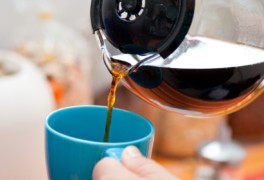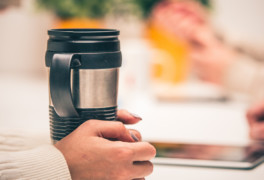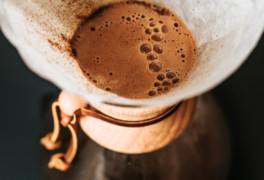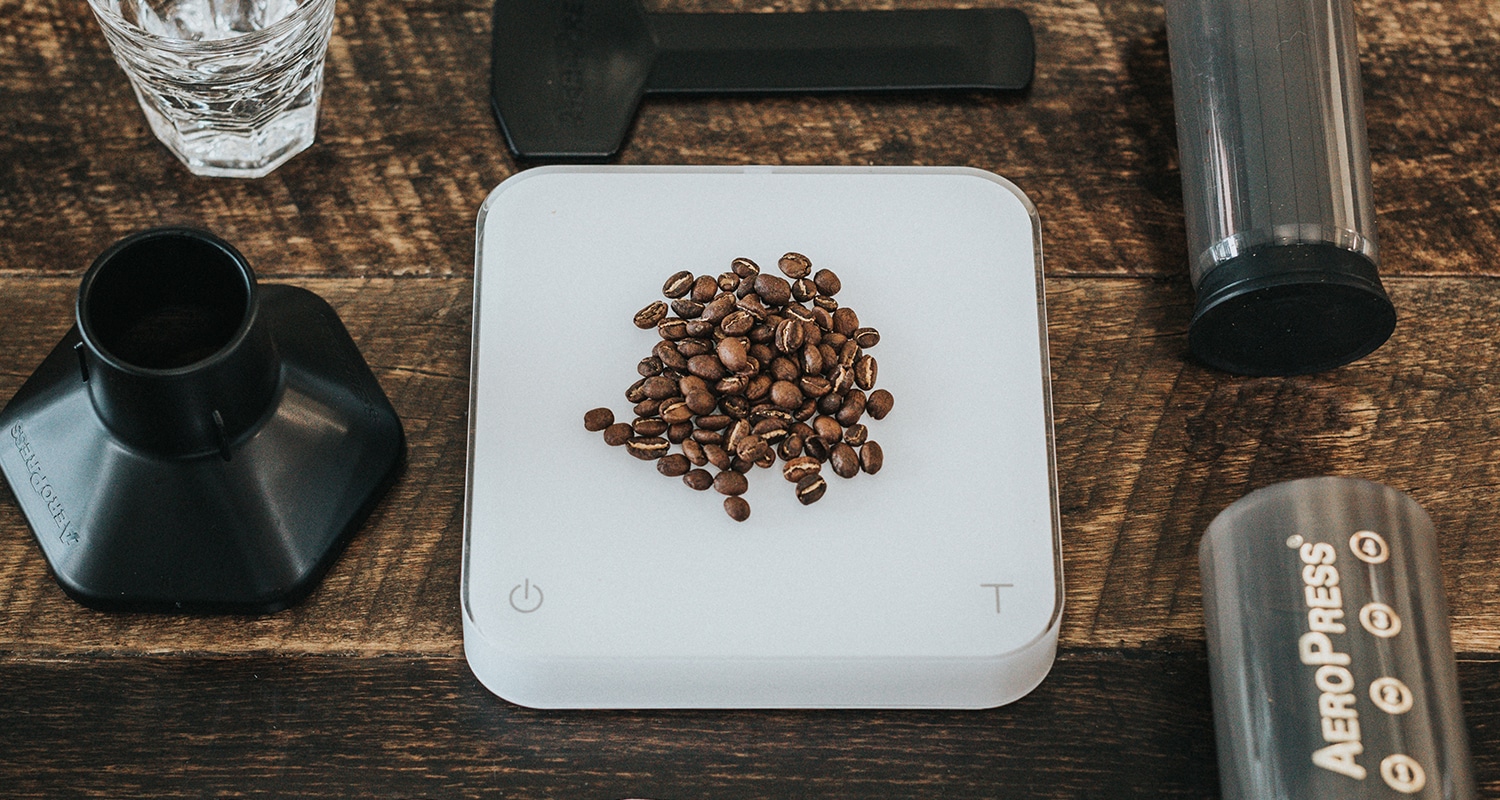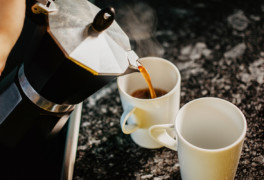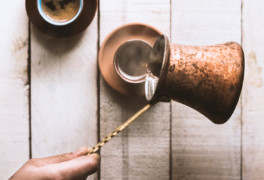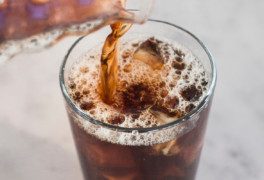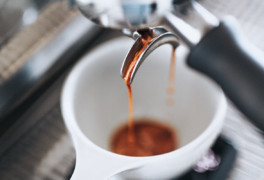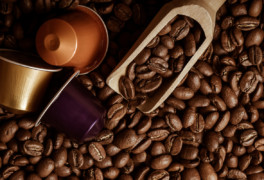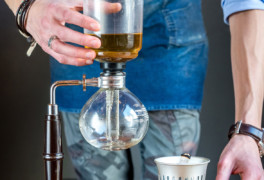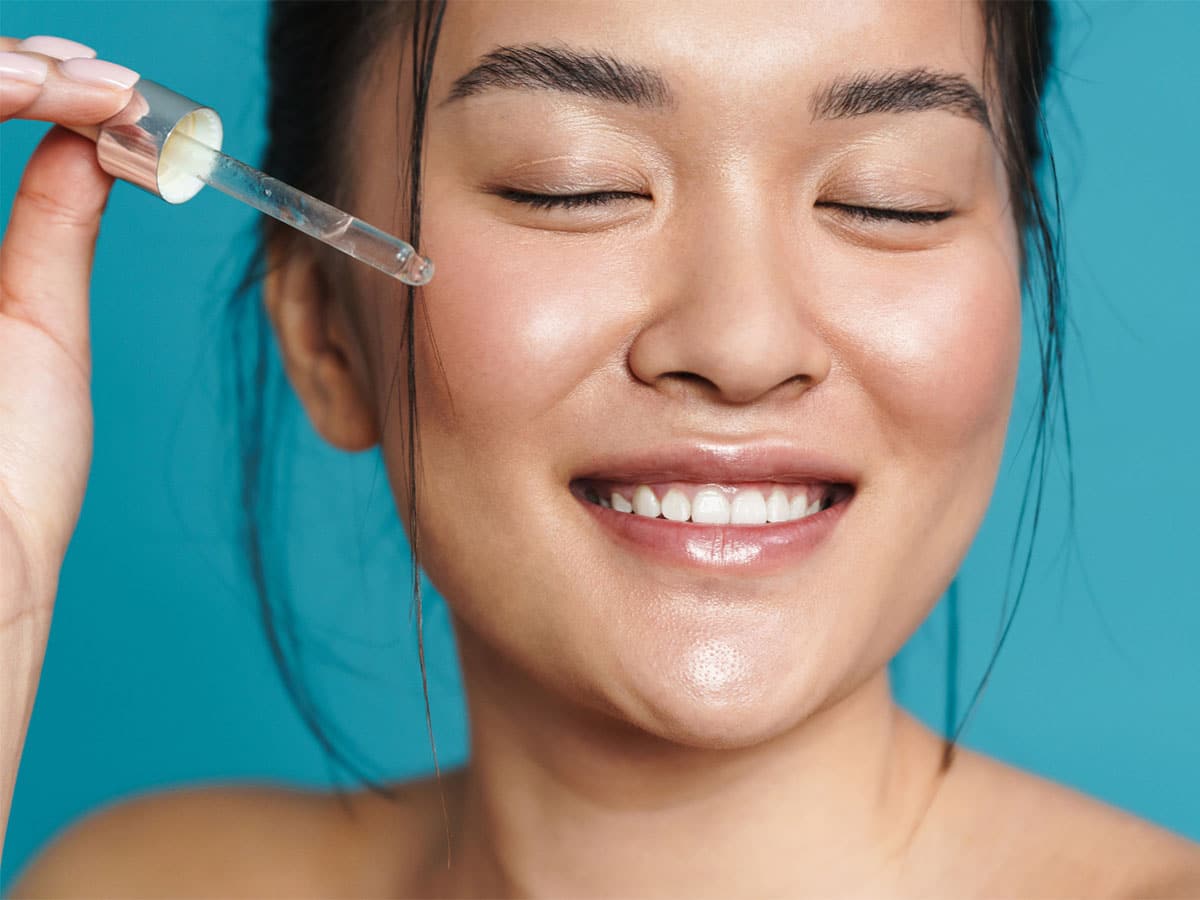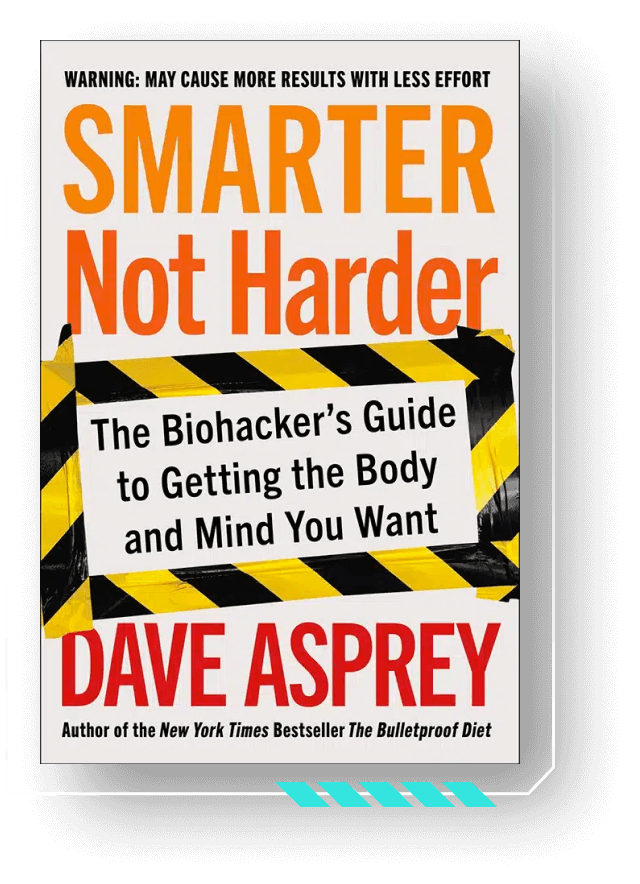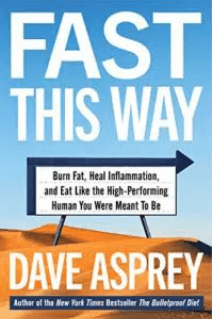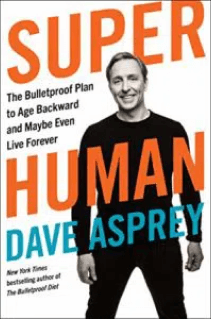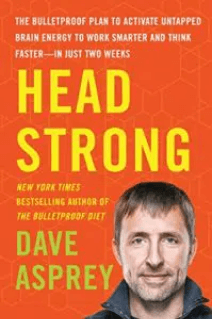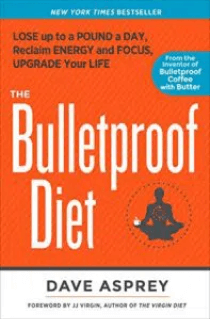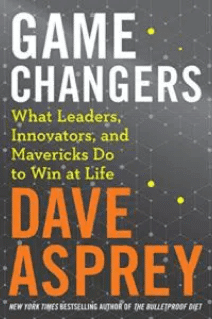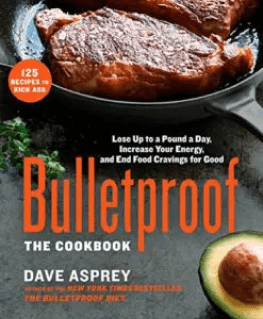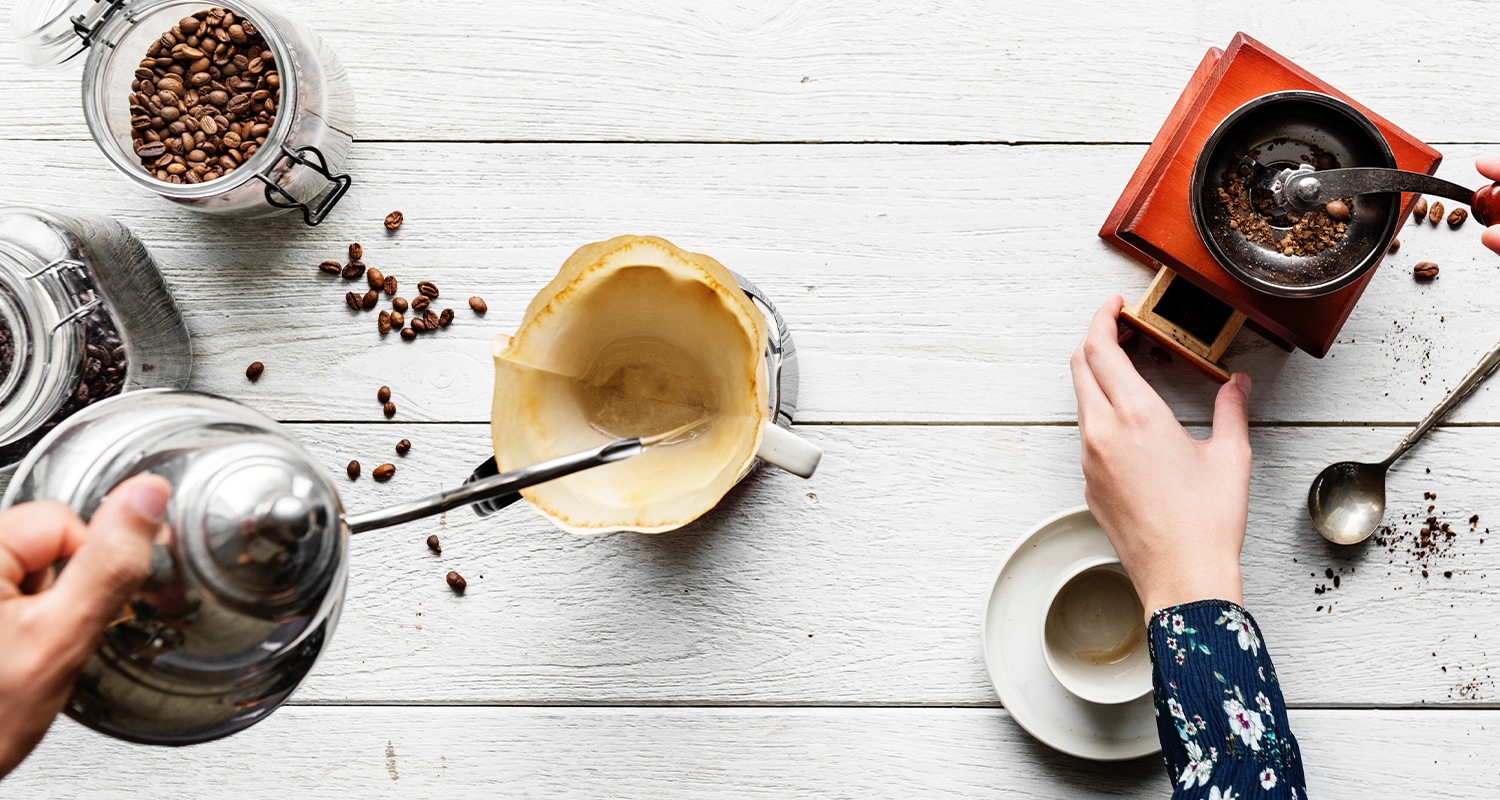
[tldr]
- Before you became discerning about your morning coffee, you might have thought drip coffee was the only way to go.
- People come up with new ways to brew the perfect cup of coffee every day.
- When choosing how to brew your coffee, you can opt for French press, pour over, cold brew, siphon, and so many more.
- Here are some of the more common brew methods to help you choose the right one for your tastes and for your lifestyle.
[/tldr]
People come up with new ways to brew the perfect cup of coffee every day. Some involve simple gravity, others tap into high-tech physics. Here are some of the more common brew methods to help you choose the right one for your tastes and for your lifestyle.
The Best Coffee Makers and How to Brew Coffee
Drip coffee maker
By now, chances are you’ve had a drip coffee maker on your countertop at some time or another. Before you became discerning about your morning coffee, you might not have known of any other ways to make coffee.
With the flip of a switch, drip coffee makers heat up your water and trickle it through a filtered brew basket of grounds. From there, it drips into a carafe that sits on a warmer until you’re ready for it.
Pros
- Drip coffee makers provide the ultimate push-button convenience, especially if you get it all ready the night before and set the timer to automatically brew in the morning.
Cons
- Typical drip coffee makers do not have precise temperature control. You can set the warmer to keep it warm to hot depending on your preference, but brewing is over at that point.
- Most coffee makers’ internal parts expose your hot water and coffee to plastics.
Tips
- Use a metal filter to preserve the best parts of your coffee — the natural oils and polyphenols. With a metal filter, you also avoid the subtle paper taste that goes into your coffee.
- If paper is all you have on hand, give your filter a rinse before use to improve the taste.
French Press (Bulletproof recommended)
The French Press is one of the oldest coffee brewing methods around. You spoon grounds into the glass pitcher, pour water to the top, and put on the sieve disc and lid with the plunger all the way up. Let it brew for about four minutes, then press the plunger down, which separates the water from the grounds.
The French press is the recommended coffee brewing method here at Bulletproof because it is made of glass and stainless steel, which do not alter the taste as plastic would. The stainless steel mesh filter allows the coffee’s natural oils to pass, which not only improves flavor, but also preserves cancer-fighting polyphenols.
Pros
- Convenient way to make a much richer brew than a drip machine would
- As long as your press is a combination of glass and stainless steel (most are), you’re using a non-toxic coffee brewing method
- No paper filters, no waste
Cons
- The amount you make is limited by the size of your press, so you may need to pick up another press or invest in a thermal carafe and plan ahead if you’re making coffee for a crowd
Tips
- For best results, use coarse-ground coffee
Cowboy coffee or reverse French press method
The only equipment you need to make the easiest, cheapest cup coffee on the go are your coffee grounds, and a good, leak-proof travel mug. Here’s how to do it.
- While you’re at the airport or on the go, ask a cafe or coffee shop for a couple of cups and some hot water. (This isn’t a free coffee scam. Be sure to tip!)
- Stir your coffee grounds into the hot water and make sure to break the crust of grounds that forms on top of the water. Your grounds will settle to the bottom of the cup, but you can tap the cup to help them along.
- Keep stirring and tapping the cup to settle the grounds as the coffee is steeping, a process that will take 4-6 minutes.
- Once the grounds fully settle, pour the coffee into another clean cup, making sure that the majority of the grounds stay in the first cup, and tap the second cup to make any remaining grounds settle.
Pros
- You can do this anywhere
- Instead of getting moldy or low-quality coffee that will make you jittery and miserable, you can carry quality coffee beans with you
Cons
- You’ll get some grounds in your cup, and that’s okay
Tips
- To make Bulletproof Coffee anywhere, pack along some grass-fed butter (you don’t need to refrigerate it), Brain Octane Oil Go-packs, and a single-cup frother pen to blend
Pour over (Chemex)
You’ll notice pour overs in action the first few minutes after entering a hip coffee spot. Think of the pour over as a manual drip coffee maker. You pour hot water over the grounds, which travel through the grounds and filter into your carafe or cup. You have more control with a pour over since you carry out all steps yourself, instead of letting an electric appliance set your temperature and keep your coffee warm.
Pros
- You control every step of your brew
- The pour over is all glass for a non-toxic brewing process
Cons
- The pour-over method takes time, so coffee snobs encouraged to apply
Tips
- You can get a cone-shaped metal filter for your pour-over, which preserves the oils in the coffee. If you must use paper, rinse it with hot water first.
AeroPress
The AeroPress is a relatively new device that uses air pressure to kick up your coffee experience. You position a tube with a filter at the end over your mug, spoon ultra-fine grounds into the tube, then pour in hot water. After it steeps for a few minutes, you push a plunger through the tube to force the coffee into your mug.
Unlike a French press, which uses gentle pressure from your hand to run the brewed coffee through the sieve disc, the AeroPress uses more intense air pressure to extract coffee and force it through the filter. You’ll notice your coffee starts to transfer from the press to your mug before the plunger touches the liquid at all. That’s because the air does all the initial work.
Pros
- The Aeropress makes a rich cup of coffee.
Cons
- The AeroPress is single serve, which isn’t convenient if you live with others or if you’re inviting friends over for coffee.
- It takes force, and people around the Internet report injured rotator cuffs from daily or multiple daily uses. To prevent this, make sure you’re not twisting your shoulder when you press down.
- It’s plastic — BPA free, but opt for glass and stainless steel brewing devices when possible.
Tips
- Opt for metal disc filters over paper ones, for the same reasons you would choose metal in a drip coffee maker.
Percolator (Moka Pot)
To brew coffee in a percolator, or Moka Pot, you pour water into the lower chamber of the pot and heat it to a boil. You then place the compartment of grounds in the pot and lower the heat. After a few minutes, you have brewed coffee.
Pros
- Some of the Moka Pots make a pretty presentation
- Nice method for camping or backcountry coffee enjoyment
- All metal — no paper, no waste
Cons
- You have to keep an eye on it while it’s brewing
- It brews at boiling temperature, which extracts bitter flavors from the coffee. Those seven degrees matter!
Tips
- Use a grind texture that is finer than drip, coarser than espresso or AeroPress
Turkish, Arabic, or Greek coffee
You brew Turkish, Arabic, and Greek coffee similarly with slight differences in customization depending on regional palates. For brewing, you can use a plain old saucepan, or you can get a wide-bottomed pot tailored to the job. Depending on who you ask, you may hear them called cezve in Turkish, briki in Greek, or an Arabic dallah with a spout.
To brew, measure superfine grounds and place in the pot. Fill the pot with water, leaving just enough room that it can bubble without bubbling over. Bring the pot to a slow boil. Before it reaches a boil, watch for the crema, the foam, to form at the top. Spoon a little foam into each cup, and return the pot to the heat. Once the coffee reaches a full boil, pour half the liquid into cups. Return to the heat and boil the remaining liquid for up to 30 seconds, then pour the rest into each cup. This ensures the last person will not get a cup of sludge. The result is a rich combination of clear coffee and body from the grounds, topped with crema. Regional preferences dictate whether you’ll steep spices like cardamom and saffron with your brew, or whether you’ll add sugar.
Pros
- Convenient to use if your go-to brewing device is on the fritz or if you’re away from home
- You’ll like this coffee if you enjoy a full-bodied brew on the bitter side
Cons
- It’s a hands-on coffee brewing method — you can’t walk away or you’ll end up with a mess
- Brewing temperature reaches the point that bitter compounds extract from the grounds
- It can take some getting used to — the texture can be chalky until you perfect your technique
Tips
- Use the finest grind you can get your hands on
Cold brew
Cold brew is a crowd favorite set-it-and-forget-it coffee brewing method. You simply scoop grounds into a jar or pitcher, add water to the top, and refrigerate overnight. That’s it.
Pros
- Ultra-convenient, hands-off brewing method
- Excellent brew if you like cold coffee
Cons
- Low temperature results in slower extraction of beneficial oils than you would get if you had brewed with heat
Tips
- To prevent stale flavor, consume within 24 hours
Espresso machine
The espresso machine uses pressure to force water through tightly packed, finely ground beans specifically roasted for espresso, resulting in a highly concentrated coffee.
Pros
- Espresso generally isn’t bitter — it tastes on the sweet side and generally mixes well with steamed milks to make lattes, cappuccinos, macchiatos, etc.
Cons
- Espresso machines can be expensive
- Most machines can make one or two shots at a time, which is time-consuming if you’re brewing for a crowd
- Espresso machines are a pain to clean
Tips
- Freshly ground beans work best, so grind your beans when you’re ready to make your espresso
Single serve (Keurig)
Single serve coffee makers exploded in popularity in the last decade because of the customizability. Individual cups means everyone gets what they want.
With most machines, brewing involves pressing one button. Water is heated from the reservoir, and a pin punctures the foil and sends hot water through the grounds cup and into your mug.
Pros
- Convenient if you’re making one cup
- Lots of options if you like variety
Cons
- Time consuming if you’re making coffee for a crowd
- If you’re using the device every day, it adds up to a lot of waste
Siphon or Vacuum Pot
If you like to feel like a mad scientist in your kitchen, the siphon or vacuum method is for you. First, you fill the lower chamber with water and heat it, which converts some of the water to water vapor. The vapor pressure pushes the water through the tube into the top chamber, where the coffee grounds are.
The pressure drops, and the water and grounds start to settle down again. The filter in the middle keeps the grounds in the top chamber and clear coffee settles into the lower chamber.
Pros
- The water that travels up into the top chamber to join the grounds is just below boiling point — the perfect temperature to prevent bitterness
- If you get an all-glass model, it’s fun to watch
- Models that have flat bottoms for the stove are cheaper than those with their own heat source
Cons
- They’re a pain to clean
- If you use a siphon every day, you’ll break one at some point
- The siphon or vacuum apparatus takes up a lot of cabinet or counter space
Tips
- Use medium ground beans, like you would use for a drip
When choosing a coffee maker, consider your lifestyle and your morning routine. Also, take into account the flavor profile of your ideal cup of coffee. Some people like it smooth, others like their coffee to bite back. Experiment with a few methods to see what you like. Chances are, you can find friends who have each type of coffee maker you’re interested in, so you can try them out and find the one that’s right for you.
